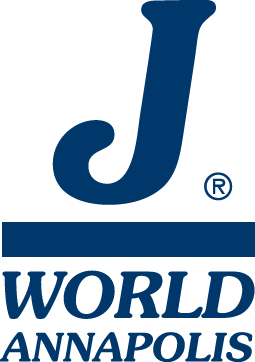ARC Bahamas IS BACK!

Did you know that J World Annapolis is now the official training partner of the World Cruising Club? Did you know we are planning special training sessions for ARC Caribbean 1500 and ARC Bahamas participants? Did you know J World Annapolis planning to sail the ARC Bahamas this fall and you are invited to join us? Well its true! Four berths remain for this “bucket list” offshore passage that departs from historic Portsmouth, VA and ends at the sunny Bluff ouse Marina on Green Turtle Cay.
Sailing with J World Annapolis and the ARC Bahamas is best way to get to the Bahamas this winter!
What’s in a name? The Bahamas Class has been renamed ARC Bahamas, to give the fleet their own identity within the Caribbean 1500 rally.





